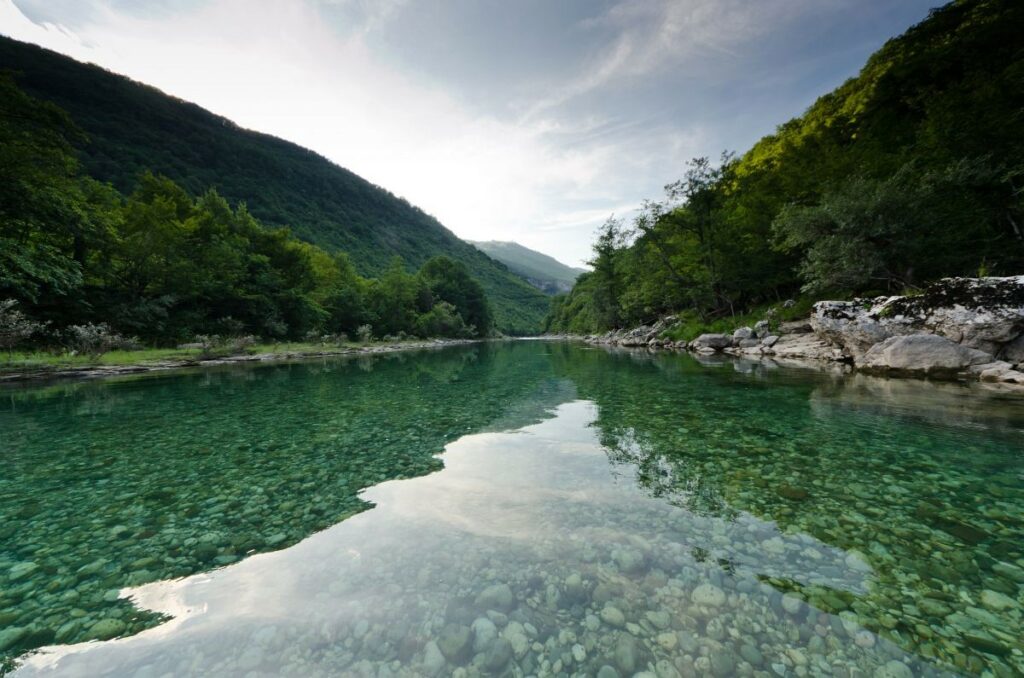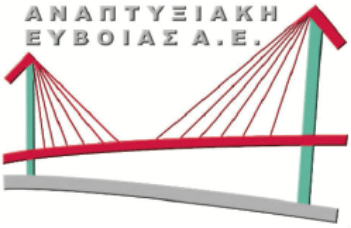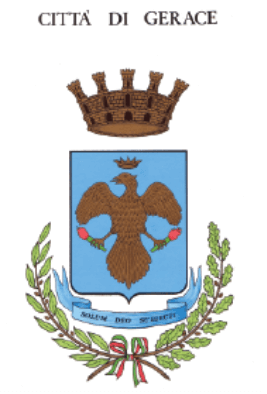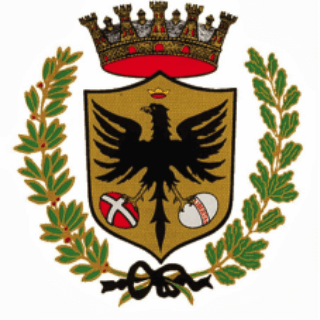
The river Neretva was named after the ancient toponym Naron, Narenta and Nestos. This area in Roman and prehistoric times was inhabited by the Narensi tribes prone to piracy. In addition to its historical significance, the Neretva River has an exceptional hydrological potential, and together with as many as 22 tributaries it forms part of the Adriatic basin. It springs below the mountains of Zelengora and Lebršnik, and flows through Bosnia and Herzegovina in a length of 205 km, and through Croatia for 20 km. In addition, the Neretva is the natural border of northern Herzegovina in Konjic. In the upper course is the canyon river, and west of Konjic it flows into the accumulation lake Jablanica. In the lower course, it spreads into the delta (Gabela), and from Opuzen it divides into as many as 12 tributaries. It finally flows into the Adriatic Sea near Rogotin and Ploče. In addition to natural capacities, the Neretva delta is a well-known breeding ground for many agricultural products, and also offers various gastronomic specialties such as Neretva broth. The famous tourist and sports festival "Marton lađa" is organized on the Neretva.





